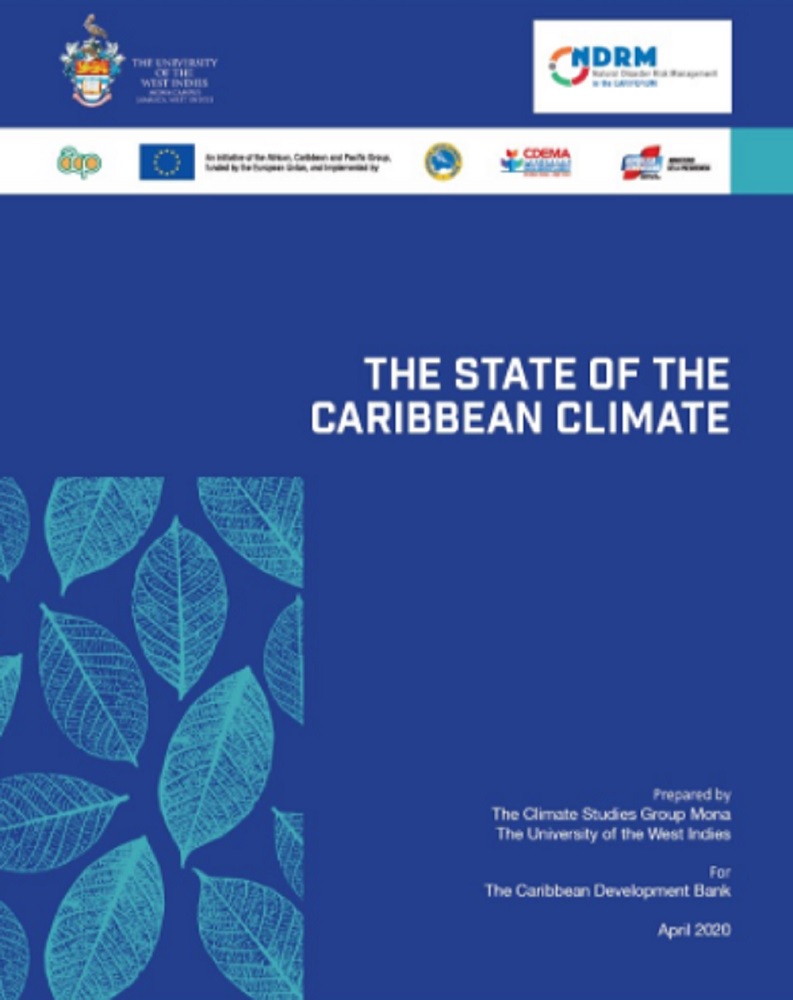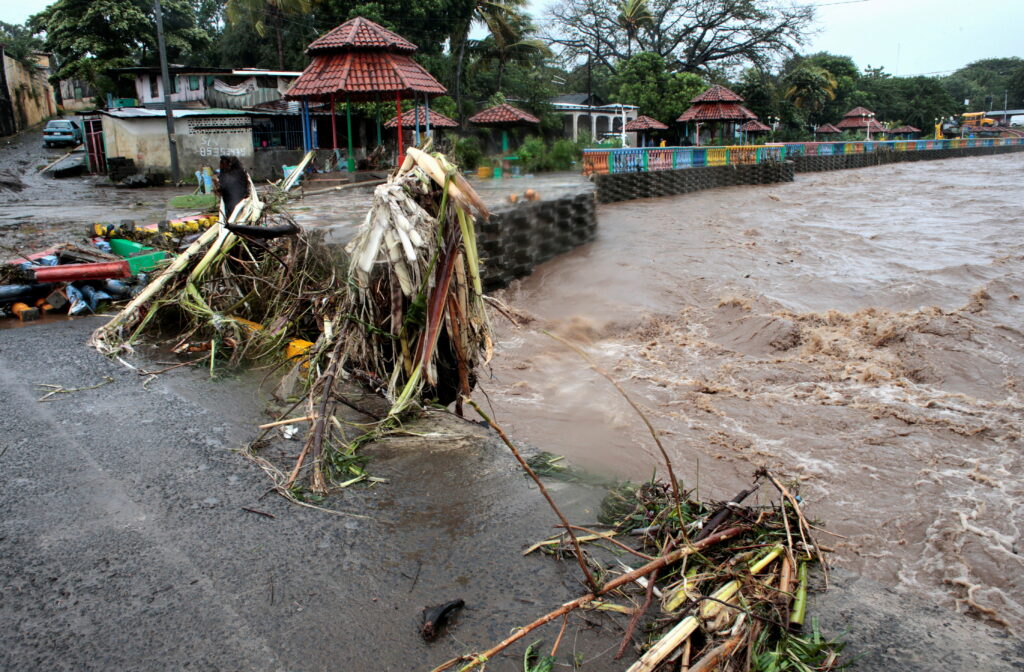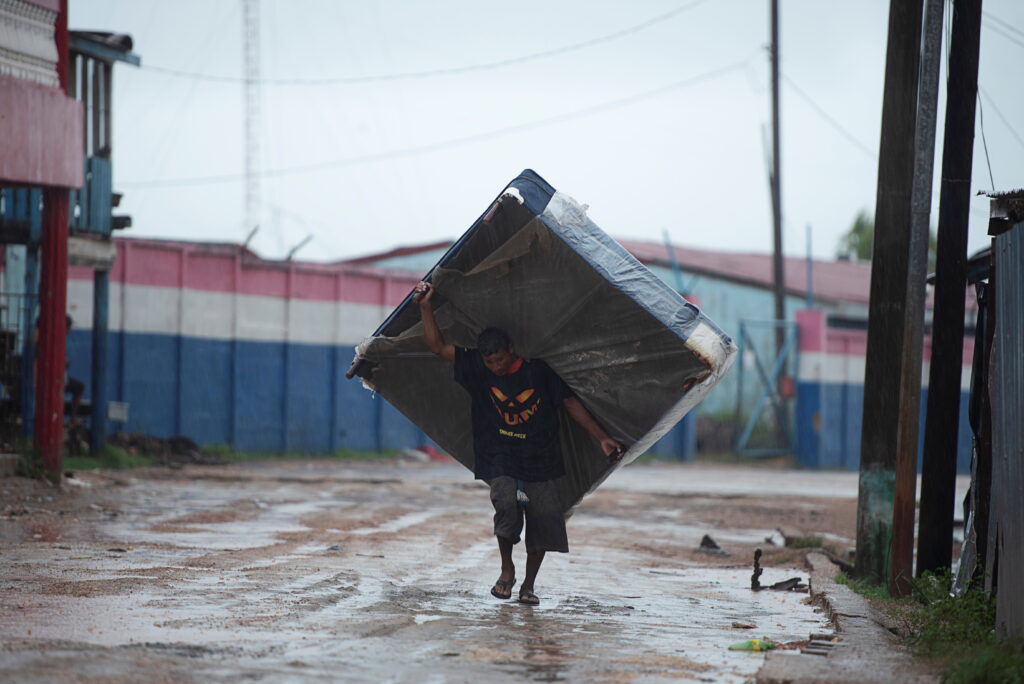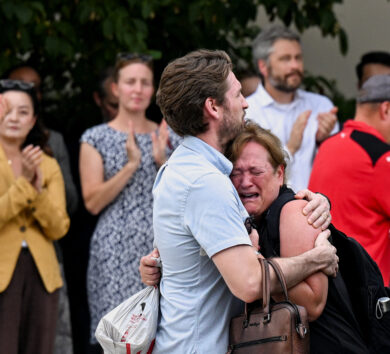
A new University of the West Indies (UWI) report is projecting a massive increase in the frequency of the most powerful Atlantic hurricanes impacting the Caribbean over the next 80 years.
The State of the Caribbean Climate (SOCC) Report was prepared to strengthen the strategic planning and decision-making processes needed to accelerate resilience-building efforts in the Caribbean, specifically within the 19 Borrowing Member Countries (BMCs) of the Caribbean Development Bank.
Among other projections in the report, the Caribbean as a whole is expected to gradually dry through to the end of the century, more in the south and southeast and less in the far north.
The region will also see a gradual warming over the next 80 years, resulting in a decrease in both cool days and nights. The range for cool days will be between one and 41 and, for cool nights, between one and 32.

While these and other projections outlined for the region are stark reminders of the impact of climate change, arguably the most eyebrow-raising revelation is that of the increase in powerful storms.
According to the report’s projections, based on the current trajectory of climate change, the region will see an 80 per cent increase in Category 4 and Category 5 hurricanes.
At the same time, it is expected that there will be either no change or a slight decrease in the frequency of hurricanes overall.

The revelations come on the back of a 2020 Atlantic hurricane season which has been the most active on record. A total of 31 tropical and subtropical depressions, 30 named storms, 13 hurricanes, and six major have formed throughout the season which started on June 1 and officially ends on November 30.
“As the region considers how to respond in light of the implications of the key findings of this report and the uncertainty of future climate threats, there are three simple key messages or guiding principles that should undergird decision-making,” the document stated.
Those messages are that the region should plant for the current climate, but be guided by lessons of the past; plan for the future climate, but do it collaboratively; and prioritise harnessing and enhancing regional strengths and expertise in support of improved decision-making.
“The lessons of the past dictate that we can no longer afford to wait until an event happens, or is about to happen, before action is taken to deal with climate hazards.”
State of the Caribbean Climate (SOCC) Report
The report noted that the region has struggled with addressing climate-related threats in an anticipatory manner, a failure which has increased individual and collective responsibility.
“One key example of this is the frequently reactive manner in which slow-onset events such as droughts are addressed,” the document stated.
“Despite significant efforts such as work led by the Caribbean Institute for Meteorology and Hydrology to improve early warning for drought, there has been limited implementation of major long-term policy and other adaptation initiative by decisionmakers to reduce drought’s damaging impacts.
“The lessons of the past dictate that we can no longer afford to wait until an event happens, or is about to happen, before action is taken to deal with climate hazards.”

Noting the future threats of rising sea levels, hotter temperatures, more variable rainfall with increased drying, increased surface temperatures and more intense hurricanes, the report stated there was need for urgent and coordinated action even while the region tries to grapple with existing threats.
“The climate-related phenomena that so drastically affect Caribbean countries are not locally derived, and as such, our response mechanisms must also be regionally driven and locally applied,” the report stated.
“The small size of Caribbean islands is one factor pointing to the need to work together to strengthen regional response mechanisms. In identifying those prioritised actionss that the Caribbean should take, consider should be given to (i) the social and economic costs of inaction or delayed action against the value to be derived from resilience efforts, (ii) the levels of resilience that can be sustainably targeted, and (iii) the systems that will need to be in place to support the transition to a more resilient Caribbean.”

The report was released by The UWI on November 23 and was produced with grant funding from the ACP-EU-CDB Natural Disaster Risk Management in CARIFORUM Countries programme (NDRM), which is funded by the European Union and managed by the Caribbean Development Bank (CDB).
The publication is one of two components of a project led by the Climate Studies Group at The UWI’s Mona campus. The Caribbean Institute for
Meteorology and Hydrology is a key project partner and contributor.
Instituto de Meteorologia in Cuba also participated in aspects of its production.
The report is geared towards increasing decisionmakers’ basic
understanding of climate variability and change, facilitating evidence-based planning and policy, and implementing prioritised actions tailored to respond to climatic threats as well as sector-specific sensitivity contexts.







Comments